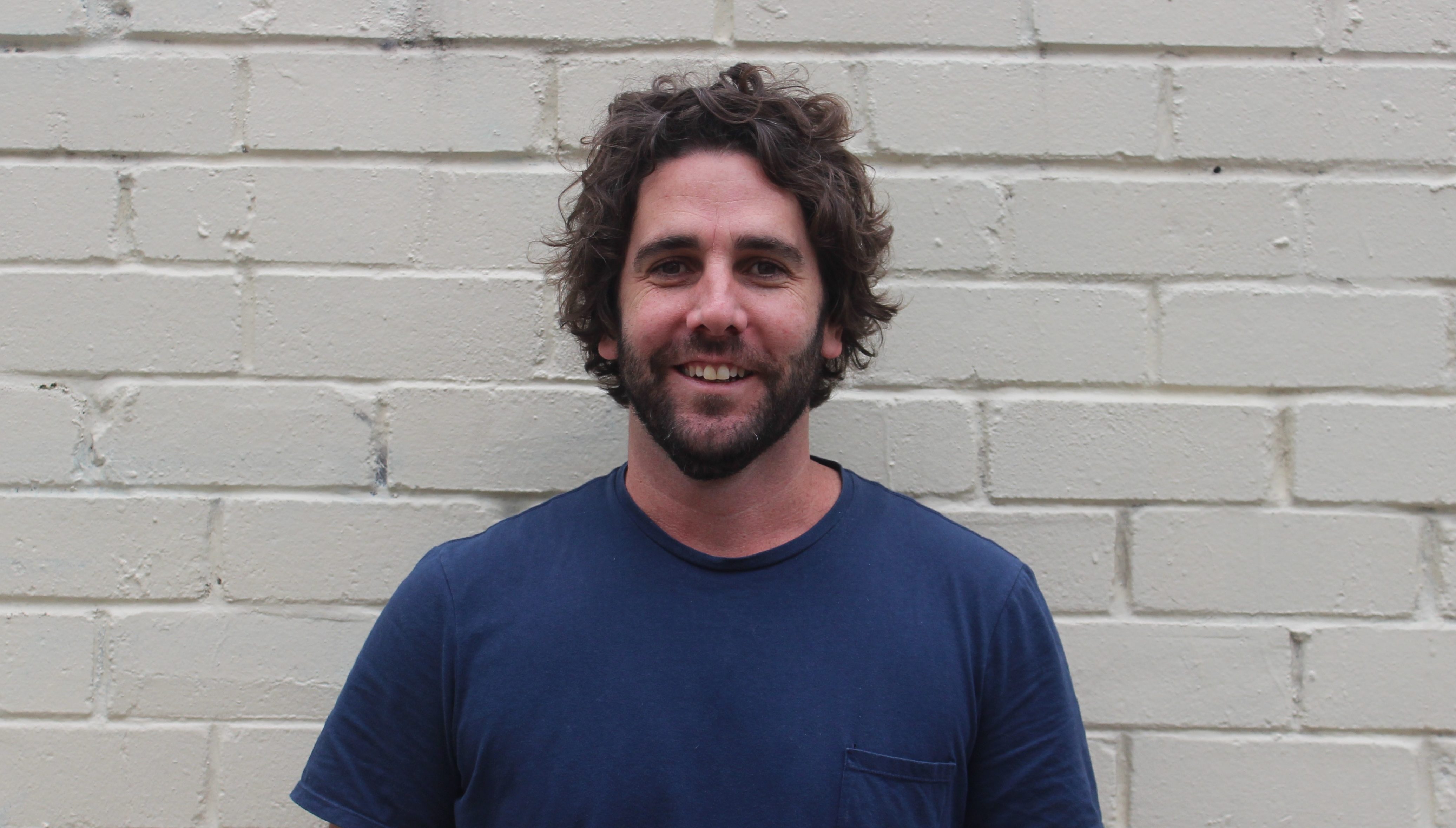It’s about time influencer marketing grew out of its teething phase
If brands don’t let influencers take back control over the content they produce, savvy consumers are simply going to scroll right past, argues Mark Graham.
For advertisers, there’s never been a better time to invest in influencer marketing. The potent combination of mobile technology and social media has resulted in unprecedented access to consumers, but there’s also a level of resistance around traditional forms of digital advertising. Increasingly, influencers have proven to be an effective way of cutting through the noise and delivering marketing messages to a receptive and captive audience – but the cracks are starting to emerge.

There’s a worrying trend of influencers producing obvious, product-placed content that’s tarnishing the industry and giving brands – who are investing thousands of dollars into social marketing campaigns – a bad experience.
The question isn’t whether influencer marketing works – because it has already proven its chops. But it’s how can influencer marketing continue to be effective as end users become savvier and hordes of new influencers have hit the scene looking to make an easy buck?


Interesting. I’ve noticed some of these younger-skewed influencers use a deliberately amateurish bedroom-corner style of camera POV and figured it contributed to their ‘authenticity’ – even when they become a success and had the financial capacity to shoot in higher quality. But I suppose things must change.
Though it is worth remembering that the first form of marketing was personal recommendation from friends, neighbors and family and was remarkably unsophisticated.
These intimate set-up are maybe an attempt to restore the genuineness of these yesteryears 🙂